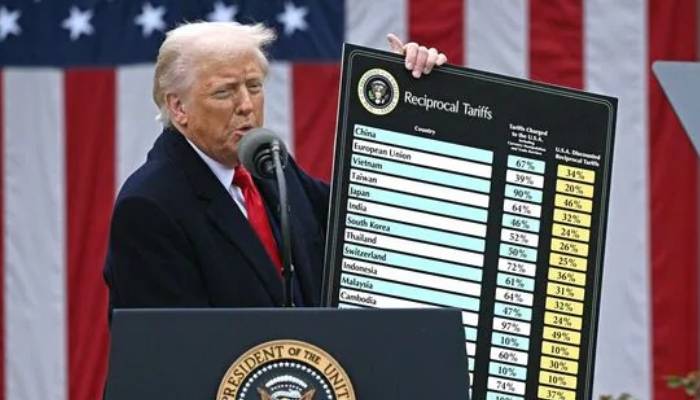IT sector braces for client pullbacks, hiring freezes, and squeezed margins as GDP projections slide
The Indian business community is sounding alarm bells after the United States imposed a sweeping 26% tariff on Indian imports—a move that could ripple across sectors and slow down the country’s economic engine. While manufacturing and export-heavy industries are directly hit, it’s the tech-driven Information Technology (IT) sector that may face the most far-reaching consequences.
IT Sector: Indirect, Yet Deeply Exposed
Although software services are not subject to the tariff itself, Indian IT firms—heavily reliant on US-based clients—are already facing indirect pressure. With the cost of doing business rising for American companies, Indian vendors fear project deferrals, renegotiations of contracts, and lengthier payment cycles.
“This tariff shock demands more than reaction—it calls for reinvention.”
— Sanjay Tripathy, CEO, Briskpe
US clients account for nearly 60% of Indian IT exports, making the industry highly vulnerable to any shifts in American fiscal or trade policy. Top firms like TCS, Infosys, Wipro, and HCL Technologies are assessing the tariff’s impact on client behavior and new deal closures.
“We’re already seeing signs of stress in discretionary spending from key clients in the BFSI and retail sectors,” said a senior executive from Infosys. “If uncertainty persists, it could push customers to pause or scale back digital transformation programs.”
Sanjay Tripathy, CEO of fintech export enabler Briskpe, described the move as a wake-up call for Indian exporters: “The 26% tariff hike hits Indian exporters hard—particularly MSMEs already grappling with soaring input costs, regulatory pressures, and unpredictable demand. It’s a stark reminder that global trade can shift overnight.”
He emphasized that the time for reactive cost-cutting is over. “Competitiveness now demands rapid adaptation,” he said. “Exporters must seek cost-effective trade routes, tap into new markets, and weave resilience into every step of their operations.”
Hiring Slowdowns and Margin Pressure
Industry analysts suggest the tariff shock could slow down hiring, especially campus intake, and pressure operating margins across the sector. Mid-sized IT firms, which rely more on price-sensitive projects and shorter contracts, could suffer more acutely.
“Freshers may find fewer opportunities this year,” said Ritu Shah, HR lead at a Bengaluru-based IT consultancy. “We’re preparing for a more conservative approach to talent acquisition and bench allocation.”
Cost Arbitrage Model Under Threat
One of the IT industry’s biggest competitive advantages—cost arbitrage—is also at risk. With rising tariffs and a stronger rupee, Indian service providers may no longer appear as cost-effective as they once were. Some US-based clients are reportedly exploring nearshoring alternatives in Latin America or Eastern Europe.
“The tariff, though not directly on services, is a psychological blow to our largest customer base,” said V. Sridhar, Head of Strategic Initiatives at a Noida-based IT firm. “We’re being forced to accelerate diversification to other geographies like Europe, APAC, and the Middle East.”
Domestic Response and Policy Hopes
The National Association of Software and Service Companies (NASSCOM) has urged the government to engage in “targeted diplomacy” with the US, and is also calling for domestic support measures—such as tax breaks or export credits—to help soften the impact.
Meanwhile, the Centre is reportedly preparing a sector-wise impact report and may announce a stimulus package for export-oriented industries in the upcoming budget session.
Conclusion:
With India’s IT sector standing at the crossroads of geopolitical and economic volatility, the 26% US tariff serves as a stark reminder of the country’s trade dependence. For the tech industry, it’s no longer just about innovation—but insulation.


